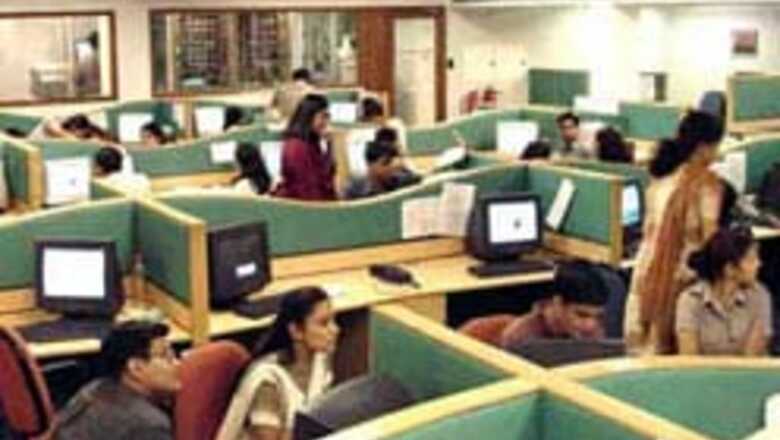
views
New Delhi: Believe it or not, the more educated you are, more the chances of unemployment in modern India.
A new survey by the National Sample Survey Organisation shows that the unemployment rate among the educated (secondary and above) was higher than that among those whose education level was lower than secondary in both rural and urban areas.
In fact, the study suggests that the unemployment rate was highest in India among the educated and the lowest among the illiterates across all categories. The survey on employment and unemployment situation was conducted during the year 2004-05.
The survey pegs the number of unemployed persons per 1000 people in the labour force at 17 for rural areas and at 45 for urban areas. The employment status here takes into account the usual status of one's engagement in any productive work, including agriculture.
The unemployment rates for females are found to be higher than that for males, and highest among urban females. On the other hand, the unemployment rate was much higher among the youth (15-29) as compared to that in the overall population, the study says.
Among the educated youth, the unemployment rate was predominantly high in both the rural and urban areas. As many as 133 youths per thousand are unemployed in rural areas as against 91 in the urban belt. In case of females, the respective figures are 267 and 208 for rural and urban areas respectively. The survey also suggests a high degree of intermittent unemployment.
During the period 1999-2000 to 2004-05, the unemployment rate in terms of the usual status remained almost the same for rural males, whereas it decreased by 1 percentage point for urban males, the study shows. In case of females, the rates increases by about 1 percentage point in both rural and urban areas.
In 2004-05, the proportion of usually employed females who were found not to be employed during the week preceding the date of survey was 17 per cent in rural India and nearly 9 per cent in urban India. The corresponding percentage for usually employed males were 4 and 2 only.
Similarly, the proportion of mandays of the usually employed utilised for work in the rural and urban areas was estimated at about 66 per cent and 80 per cent respectively for females, and 89 and 95 per cent respectively for males.
During 2004-05, about 11 per cent of usually employed rural males and 6 per cent of usually employed urban males sought or were available for additional work in the age group of 15 years and above. The corresponding percentages for females were around 7 in both the rural and urban areas, the study reveals. At the same time, about 5 to 9 per cent of the usually employed persons of different categories had reported availability for alternative work, it adds.




















Comments
0 comment